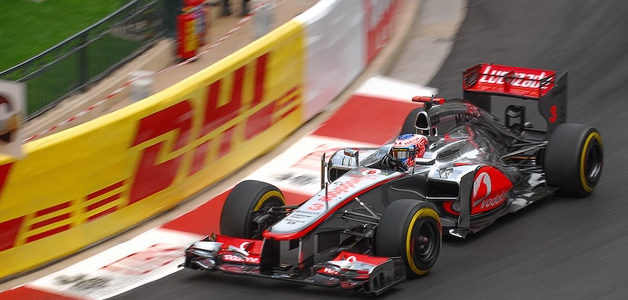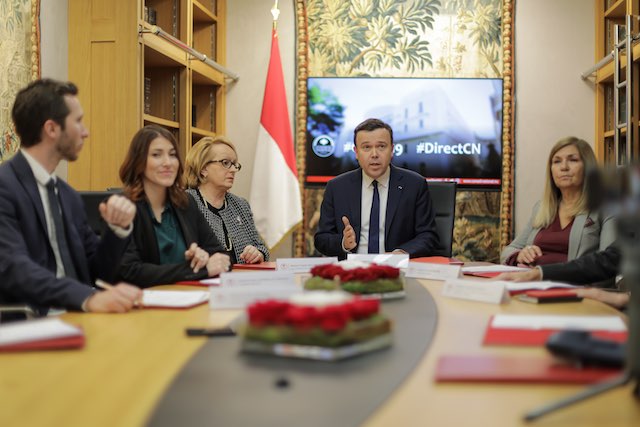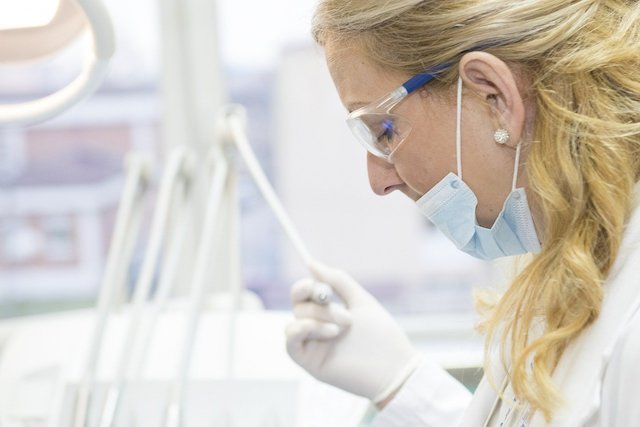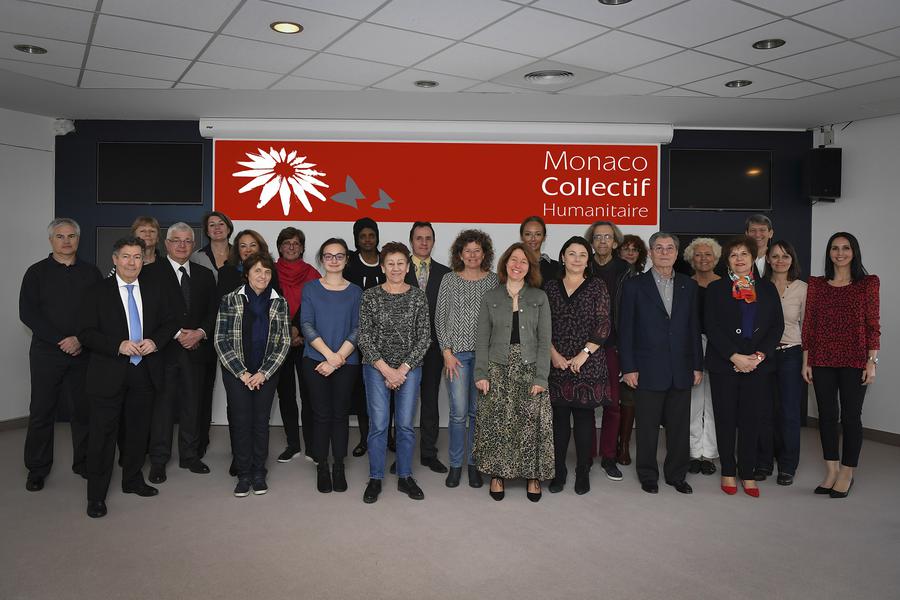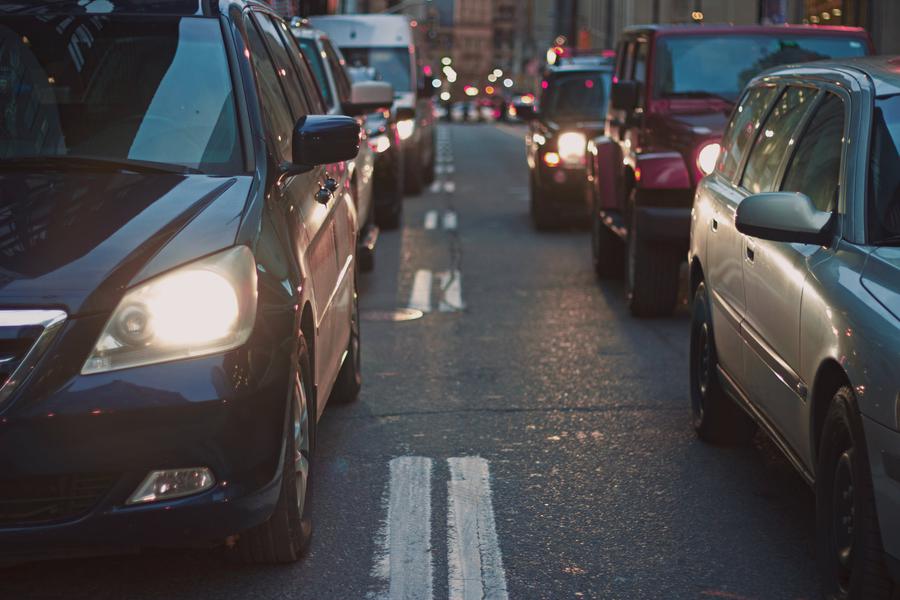Globalisation, boons in technology and the rise of the mega galleries – looking ahead in the contemporary art industry in 2020.
Current trends in contemporary art are no longer isolated by region or culture, but in fact, due to the ever-closer integration caused by globalisation, are becoming more common.
[ihc-hide-content ihc_mb_type=”show” ihc_mb_who=”2″ ihc_mb_template=”1″ ]
Despite this, differences do remain. Taking Asia as an example, themes in contemporary art are often more politically engaged, such as in China where freedom of expression is not without its consequences.
In Western Europe, by contrast, the personal views, feelings, historical and contemporary interpretations of the artist are far more dominant, with the individual artist characterising their own feelings and experiences within their work.
As I look back on a year of significant milestones, both for myself and for the industry at large, and ahead as a new decade dawns, I foresee an important opportunity to offer projections in contemporary art, applicable on a global scale:
End of the era of individual geniuses
Advances in technology have created a far more level playing field and increasing globalisation has allowed for a global audience to emerge. The result is that it is no longer possible to concentrate on any one artist or one direction in terms of contemporary art and instead there is far more diversity and much broader views on the subject.
Database as a vector of direction
Methods in collecting data and building databases will become one of the most important trends during the next decade.
Galleries will increasingly rely on their own established databases to evaluate developments in the contemporary art market and use this analysis to determine new trends and directions where they will need to focus.
As artists themselves will be constantly updated by accessing said data, they will most likely incorporate these trends into their future works.
Institutional critiques, historically used to analyse and reduce the importance of established structures in the art world, will gain importance and will become the primary tool for artists to navigate the ever-changing world of contemporary art culture.
Increased influence of ‘mega galleries’
‘Mega galleries’ will become even more dominant, positioning themselves within the contemporary art market like museums. Exhibitions will no longer need to be profitable, but instead, focus on great intellectual resonance.
The role of small galleries will be far more focused on commercial activities, as they will not be able to compete with the vastness and diversity of such ‘mega galleries’.
Museums will renounce the classic expositions
The next decade will see a profound change in the attitude towards painting as the peak form of aesthetic expression. Traditional forms of art will be perceived more restrictive than enlightening, with a shift towards a more technologically driven contemporary art world.
Active use of online resources
In an increasingly globalised world, with galleries spanning an ever-wider audience, the traditional method of shipping and transporting artworks worldwide is becoming more expensive and logistically challenging.
Galleries will reduce their focus on large fairs and instead strengthen their presence online, with portals and viewing rooms allowing potential buyers to see the art in actual living spaces.
This will be a crucial tool for smaller galleries, helping to reduce costs and remain active and competitive.
Natalia Cola is a celebrated Arts Benefactor & Commentator, showcasing elite artists across the globe. The views expressed are her own.
[/ihc-hide-content]
2020 contemporary art industry trends

